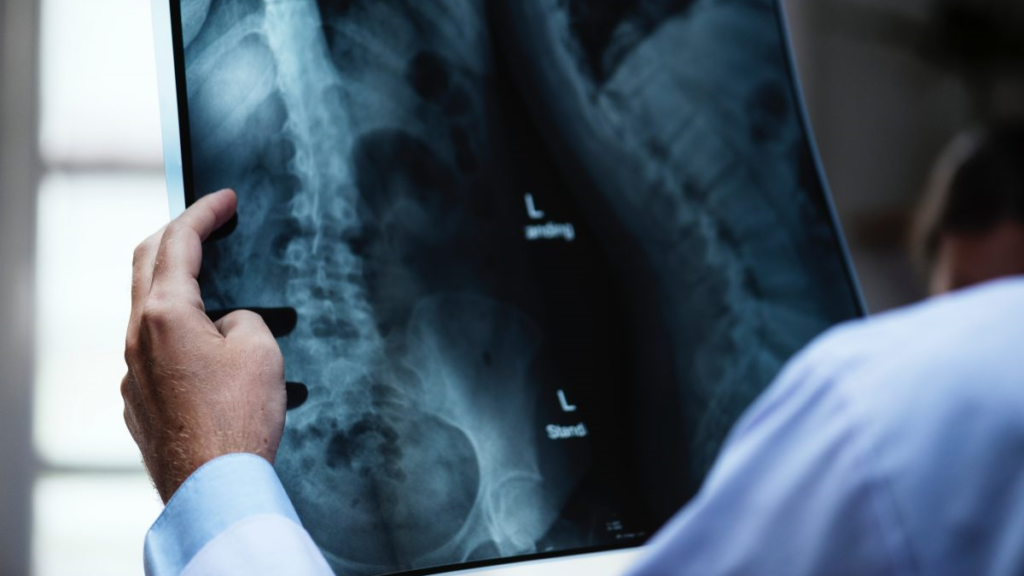
‘Dancing’ back to the cockpit

Miracle recovery for paralysed F1 racer
- Dateline
- 28 August 2033
Alberto Rialto burst onto the Formula 3 racing scene in 2024, winning his inaugural season at the age of 16, dethroning Lando Norris as the youngest ever F3 European Championship winner. He quickly moved into Formula 1 and was the breakout driver to be watched, until disaster struck in June 2031. In the fading light as practice was drawing to a close, 23-year old Rialto mistimed a corner and sent his Red Bull Powertrains IV into the barrier. Rialto suffered catastrophic damage to his spinal cord at the L4 joint and would never race again.
Or so we thought. Flash forward two years, Rialto is up and about, building strength and co-ordination and training hard to get back into the cockpit of an F1 racer. Six months after his accident, with his physical therapy stalling, Rialto began looking for experimental treatments, and his case file landed on the desk of Samuel Stupp, a supramolecular researcher at Northwestern University. In 2021, Stupp wowed the medical fraternity when he used ‘dancing’ molecules to repair spinal cord injuries in mice. Since then, Stupp’s focus has been on progressing this research through FDA clinical trials and approvals.
Now in its final phases of clinical testing, Stupp’s research has had incredible success. The secret behind that success is in tuning the motion of the molecules, so they find and properly engage with constantly moving cellular receptors. The liquid is injected into the injured area and the complex network of nanofibers immediately begin to mimic the extracellular matrix of the spinal cord, matching its structure. Through this process, the synthetic materials communicate with cells, prompting regeneration of damaged axons, diminishing scar tissue, reforming myelin, and forming new blood vessels to deliver nutrients to the injured area.
Eighteen months after his first treatment, Rialto is making steady progress in his dream to once again race as a Formula 1 driver.
The success of Stupp’s research will impact millions, with an estimated 1 in 50 people worldwide living with paralysis, and anywhere from 250,000 to 500,000 new spinal cord injuries (SCIs) every year. This technology could significantly reduce the lifetime cost of treatment, reduce mortality rates associated with SCIs, and improve quality of life for millions of people globally.
Links to related stories
- ‘Dancing molecules’ successfully repair severe spinal cord injuries – Northwestern, 11 November 2021
- Living robots made from human cells may induce neuron healing – New Scientist, 16 August 2022
- First Red Bull Powertrains engine to run before the end of 2022 – FIA, 20 April 2022
- Mindbullet: Wait a sec, I’ve only got three hands (Dateline: 1 September 2023)
- Mindbullet: Upgrade your body with plastic nano-reactors (Dateline: 7 July 2019)
Warning: Hazardous thinking at work
Despite appearances to the contrary, Futureworld cannot and does not predict the future. Our Mindbullets scenarios are fictitious and designed purely to explore possible futures, challenge and stimulate strategic thinking. Use these at your own risk. Any reference to actual people, entities or events is entirely allegorical. Copyright Futureworld International Limited. Reproduction or distribution permitted only with recognition of Copyright and the inclusion of this disclaimer.